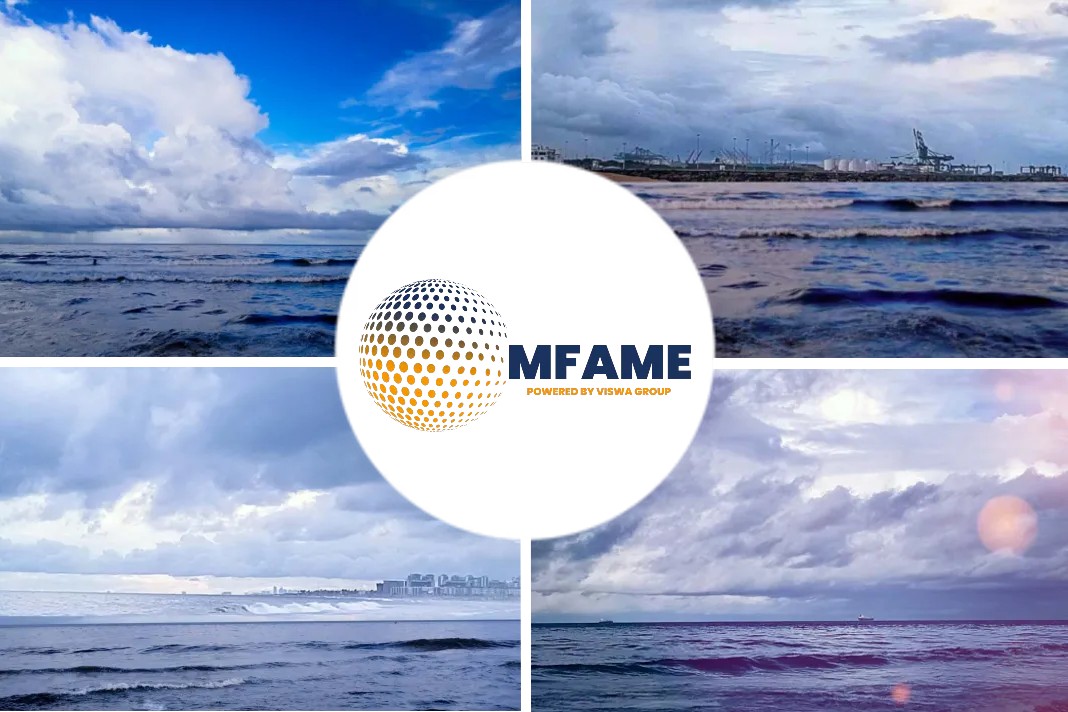
- About half of displaced Russian crude may flow to Asia: S&P Global
- $60/b EU price cap may see limited immediate impact on flows to Asia
- Platts assessed Urals FOB Primorsk at $55.79/b Dec. 1
Asia may be able to incrementally absorb only half the Russian crude volumes displaced as a result of the European Union sanctions taking effect, and the price cap of $60/b may not be able to create immediate hurdles for oil flows from the non-OPEC supplier, analysts and traders told S&P Global Commodity Insights Dec 5.
Sanction guidelines not broken
While Russia has been arranging a fleet of ships that could let oil to continue flowing to Asia and to other alternate destinations, most non-EU buyers have also been working with non-EU insurance companies to ensure that trade flows do not break any sanction guidelines, they added.
“With the $60/b EU price cap in place and the sanctions taking effect today, Russia will be looking to find alternative homes for up to 1 million b/d of seaborne crudes, volumes which used to go to Europe. Our view is that Asia can take only half of those volumes, in addition to the more than 2 million b/d which the region has been buying from Russia prior to the EU sanctions taking effect,” said Kang Wu, head of global oil demand and Asia Analytics at S&P Global Commodity Insights.
“This is possible because Asia needs to plug the supply gap created due to more US and African crude now getting diverted from Asia to Europe. Although the challenge for all Asian buyers is to find alternative insurance and non-EU ships, both Moscow and some Asian buyers have been working on alternative methods for some time to ensure that shipments to Asia less disrupted,” he added.
Market balance
The capped price level is seen as a key factor in how Russia responds and a marker for the potential profits from circumventing the rules.
Platts, part of S&P Global, assessed Urals FOB Primorsk at $55.79/b Dec. 1. With the price cap above current prices for Urals, trade sources were of the view that some Russian exports would continue to flow broadly as before, having little impact on Moscow’s oil revenues but achieving the aim of G7 policymakers who want to keep the global market well supplied.
Wang Zhuwei, S&P Global Commodity Insights Asia oil analytics manager, said most of the rebalancing of Russian crude to non-EU destinations and backfills into Europe has already occurred, and from a pricing perspective, markets had already factored in the implementation of the Dec. 5 sanctions.
“This is a new experiment in sanctions policy, so there is no precedent to guide expectations. Based on what we know today, however, I doubt the price cap is going to affect flows — or prices — to Asia in a big way, at least in the beginning,” said Antoine Halff, senior research scholar at the Columbia Center on Global Energy Policy.
He added that the price cap coincides with the European embargo on Russian crude, which could be more disruptive. “Crude stocks have risen in China in the last few weeks and in Europe, perhaps as refiners and other market participants built up a precautionary cushion. So right now, this looks on the face of it like a fairly orderly process,” he added.
Limited impact
According to Bernstein Research, Russia would require over 100 additional tankers to ship the displaced crude over longer distances.
“The price cap of $60/b is not low for Russian crudes. The price is good for both sides. Although the impact of the price cap is limited, it is unlikely to boost China’s imports of Russian crude in Q1 as Middle Eastern spot crudes are also competitive,” said a crude trader with a Chinese state-owned oil company.
Chinese independent refineries, which are the main buyers for Russian ESPO in the Far East, are not in a hurry to take Russian crudes as demand in January is expected to be relatively low due to the Lunar New Year and the COVID-19 situation, serval Shandong-based refiners said.
Moreover, most of the independent refining sources in Shandong said they would adopt a wait-and-see approach before buying, to see how the whole procurement process works, when state-owned trading companies step in to buy Russian crude.
A Shandong-based independent refiner said they would prefer to buy Russian crude on delivered ex-ship, or DES, basis to avoid any potential shipping and insurance hurdles.
Although the share of US crude in Asia’s overall import basket in January-September showed a modest year-on-year rise of 76,000 b/d to 1.47 million b/d, the market share of US crude in the same period fell to 42% from 48% in the year-ago period, data from S&P Global showed. Even crude flows from Africa to Asia have declined this year as more shipments get diverted to Europe.
OPEC and its Russian-led allies said after their meeting Dec. 4 that they would maintain their production quotas for now, adopting a wait-and-see stance amid a hazy outlook for the oil market. The decision means the 2 million b/d cut in quotas from October levels will remain in place until the fallout from EU sanctions on Russian crude imports and the G7’s price cap becomes clearer.
Did you subscribe to our daily Newsletter?
It’s Free! Click here to Subscribe
Source: Platts





















